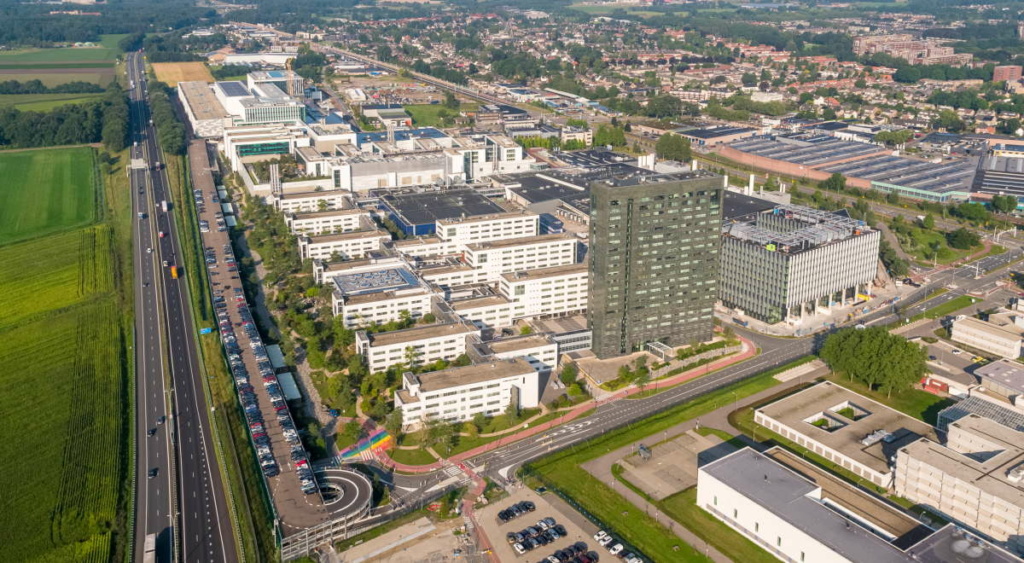Your cart is currently empty!

The AI-driven company: dynamic ML
Dynamic ML is the point where AI-enabled products start to evolve during operation and where we move from pretrained to contextual intelligence, explains Jan Bosch.
Static ML systems rely on pretrained models that are embedded in products and remain fixed throughout their operational life. Although this represents an important first step toward intelligence, such models are inherently limited. They can’t adapt when the context changes, when user behavior evolves or when operating conditions drift.
The next stage in the evolution of AI-enabled products is dynamic ML. Here, models become adaptive: they can respond to context, environment or feedback during operation. With this, AI-enabled products move from being smart to being adaptive. Dynamic ML represents a major step toward systems that learn from their experience and continuously improve performance in the field.
At its core, dynamic ML means that the model no longer behaves identically in every situation. Instead, it adapts to changes in context, environment or user interaction. The system may adjust parameters at runtime or use data collected during operation for limited retraining.
This level of adaptivity introduces context awareness into the product. For example, a recommendation system that adjusts to a user’s evolving preferences in real-time, an adaptive cruise control that modifies its response based on driving style or traffic density, or a smart thermostat that learns when people are home and adapts to external weather patterns – something my home would really benefit from. In all these cases, the system uses feedback from its environment to modify its behavior. The difference from static ML is that learning happens while the system operates, not just in the lab before deployment. However, unlike the next step, multi-ML, dynamic ML typically involves a single model adapting to feedback, rather than multiple models coordinating their behavior.
To achieve the promise of dynamic ML, we need three core mechanisms: runtime adaptation, collection of data and outcomes, and feedback loops and retraining. Runtime adaptation is concerned with the model adjusting its internal parameters or decision logic based on signals originating from the context of the system or the ML model. These might include sensor readings, user input or other variables from the system environment. The adaptations may be temporary, eg an adaptive cruise control in certain road areas, or persistent for a particular user, depending on the specific use cases realized by the system.
To learn effectively, the system must capture not only inputs, as in the data it observes, but also outcomes, meaning the actual results of its actions or predictions. Without reliable outcome data, retraining becomes guesswork. This can be hard to accomplish in systems where a long sequence of actions may be required until it’s clear whether that set of actions led to the desired outcome, but without a recording of outcomes, it’s impossible to retrain the system.
We use the collected data to update the model periodically or in response to specific trigger conditions. However, the retraining scope is limited; it’s more about fine-tuning the base model than going through a full training loop. Since the amount and quality of the data collected by a single system are often limited, full continuous learning is neither necessary nor safe at this stage. However, we’re building a feedback loop already to prepare for retraining at higher maturity levels.
Based on the interview study, the observation is that the biggest obstacle to dynamic ML isn’t the algorithm but rather the data loop. Most companies collect vast amounts of sensor data and have petabytes of data stored. The challenge is collecting the outcome of a recommendation, prediction or action. If a recommendation was made, did the user follow it? If the system predicted a fault, was that prediction correct? Only by closing this loop can retraining be meaningful. The challenge is, of course, that the system is never perfect and even the best models will have success rates potentially far below 100 percent. The required success rate depends on the use case. In autonomously driving vehicles, we’re looking at above 99.999 percent, whereas in other use cases, a much lower success rate may be perfectly acceptable and still provide benefit to the user.
Moving from static to dynamic ML brings several tangible benefits. Done right, it improves the user experience as the system behaves more intelligently and responsively. A second advantage is that adaptivity is experienced as personalization by users, which increases satisfaction with the system. The third benefit is operational efficiency in that systems can fine-tune themselves to the context in which they’re deployed, improving safety, performance, energy use or other relevant factors. Finally, a system that adapts to the user or customer and delivers more value is more competitive and can deliver significant differentiation.
As usual, all these benefits of dynamic ML are complemented by some challenges. First, at this maturity level, we’re dealing with a limited scope in that we only focus on one model. Second, the quality of the data, especially outcome data, is critical for the success of the approach, and in many domains, collecting outcome data is far from trivial. Third, especially for systems that have some important safety or security constraints, all validation has traditionally focused on the system being static. Finally, once models start evolving, traditional testing and certification processes must adapt. This then leads to operational overhead as managing data collection, retraining and redeployment adds complexity and cost. Dynamic ML adds significant value but also requires new infrastructure, skills and governance mechanisms.
To overcome these challenges, there are a number of actions companies should take. First, we need to invest in data infrastructure to ensure that telemetry, labeling and feedback collection are integral to product design and architecture. Second, a hard problem that needs to be solved is defining retraining boundaries by establishing guardrails for when, how and under what conditions the system’s dynamicity can be exploited. By setting these guardrails, we can more easily achieve reliability, the third topic to address, as it helps systems to remain predictable and certifiable. Finally, we need to develop the organizational competence. My preferred approach is focused on cross-functional teams combining data science, engineering and domain expertise to manage feedback loops and model lifecycle processes.
Dynamic ML is the point where AI-enabled products start to evolve during operation and where we move from pretrained to contextual intelligence. The benefits include improved user experience, operational efficiency and competitive advantage. But achieving this requires investing in closing the data loop, building infrastructure for safe retraining and adopting a mindset that embraces learning systems. To end with a quote from Dave Waters: “Computers are able to see, hear and learn. Welcome to the future!”


